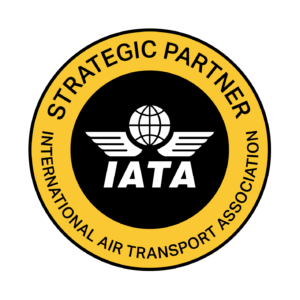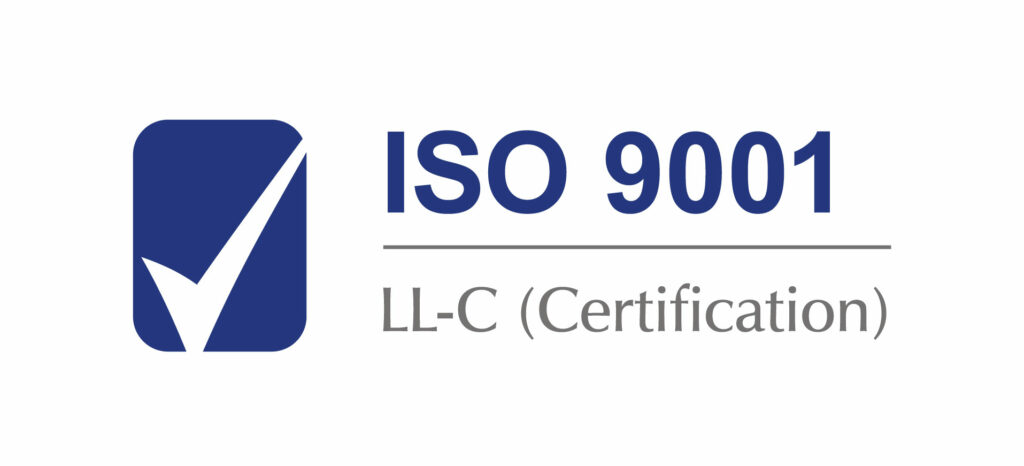Air travel across Europe is increasing, and while it still has a way to go to reach pre-pandemic levels, the industry is optimistic as recovery figures grow almost daily. Growth is being seen across Europe and by the end of June had already reached more than half (53%) the demand experienced in this period in 2019.
Growth is expected to continue and accelerate over the next few months as vaccination programmes and the release of the EU digital COVID passport promise to make air travel more accessible. However, IATA and ACI are both issuing warnings of the operational risks. These include delays in passenger processing with potential challenges presented by social distancing, extra documentation checks and wavering regulations – to name a few.
Both aviation bodies support the implementation of digital technologies to help strengthen airport management, general operations and passenger processing. As airports join the runway to recovery and begin to embrace returning passenger traffic, we take a look at how digital airport management technology can tick some fundamental boxes.

Automating airport management and recovering with digital technology
Research has revealed that passenger processing times have doubled from the pre-pandemic levels of 2019. Industry experts estimate that once passenger numbers return to just 75% of 2019 demand, waiting times could reach an unsustainable five hours. This leaves the industry in little doubt that current processes need to change.
Automating routine passenger processing stages with digital airport technologies offers a real solution to airports of all sizes. Smart airport solutions can streamline and accelerate key parts of the passenger journey:
- Check in
- Baggage drop off, handling and reconciliation
- Border control
Smart airport management technologies can also play a vital role in meeting social distancing requirements within the airport, minimizing queuing and processing the inevitable documentation needed to meet health guidelines in the future.
Some European airports are already implementing some of the latest tech to improve passenger experience and harness some of the opportunities.
- Luton Airport (LLA) in the UK has introduced new digital services to help passengers with social distancing. Included is unlimited WiFi, digital kiosks to streamline navigation and provide up-to-date information and contactless food ordering to minimise face-to-face contact.
- Helsinki Airport has replaced traditional border control with automated biometric data collection and digital passenger processing and Barcelona airport has announced plans for a 6-month acceleration program, inviting new tech start ups to introduce digital solutions.
- Three Lithuanian airports have integrated an AI assistant within their websites. This is to support passengers during the planning stages of the journey and has been launched in preparation for the new destinations and routes available from summer 2021. The system will offer a clear view of up-to-date travel restrictions, regulations and requirements, making it as simple as possible for passengers to plan ahead.
The solutions exist to digitalize airport management and passenger processing and with future-proofing staying at the top of the aviation priority list, there has never been a better time for airports to implement the right technology.
Investing in future demand with digital airport management tech
While recovery is in progress, many aviation professionals know that there is an opportunity to change the way we invest. With fluctuating passenger numbers, restrictions and regulations it is currently difficult to predict an accurate economic model, and this has led to a much more granular appraisal of operations management.
Revenue vs fixed operational cost under a traditional fixed fee, fixed contract arrangement for airport management has resulted in significant financial impact for many airports and operators across Europe.
With demand taking off again, albeit hesitantly, now is also a good time to rethink investment planning and look for a new way to approach aviation economics. This can be done through the implementation of cloud-based technology, reducing the need for dedicated, airport-based infrastructure and streamlining interoperability of core processes such as:
- Booking and check in
- Passenger processing
- Baggage reconciliation
- Security and border control
- Flight information display system
- Ground handling
- Departure control
When technologies communicate effectively, flexibility can be achieved in all areas, enabling vital scalability in airports of all sizes. With initiatives on the horizon to encourage the current growth in air travel demand further, yet restrictions still in place and countries’ plans wavering, more airports need to take a modern approach to airport management technology.
Talk to A-ICE
A-ICE understands the need for airports to find a new way forward to harness the opportunities current growth is presenting. We can help with expert advice and smarter technologies to help overcome traditional economic challenges, improve flexibility and reduce operational costs.
Talk to us about the implementation of airport management technology and take a modern approach to future-proofing your airport operations.



